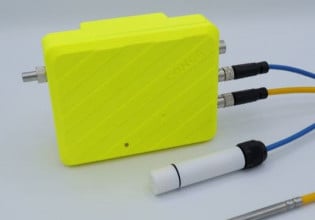J
Bob Page: > > If there is a hole in the offerings of your company and such companies > > as automationX, why not identify the specific hole(s) and promote > > development to fill those holes? Curt Wuollet: > I thought that was what I was doing. I was proposing simultanious > cooperating procedural and asynchronous logic processes The architecture supports this, no problem. > and a 4GL type language that would make that power accessable to folks > other than Linux systems programmers. The hard bit will be designing a language that we can all be proud of. Off the top of my head, we want the language to be elegant, accessible, powerful, scaleable. It needs to handle parallel actions and flow of time. In combination, a formidable problem - in solution, a formidable tool. To what extent should it be procedural? I don't know. There are other programming models that present themselves, but I don't know how about those, either. - A data-flow model would have the advantage that the parallelism would be built-in. It would be easy to explain using a production line metaphor, and easy to draw graphically on the screen. It could emulate procedural languages by passing along an empty datum (`token'). - Constraint programming, concentrating on the restrictions under which the machine operates, would have the advantage that it maps neatly to a great part of the automation problem. However, it is totally alien to most. Comments? All this, of course, is parallel to the ladder logic module. In PLC parlance, I guess it'd be called a coprocessor. Jiri -- Jiri Baum <[email protected]> Connect the power cable, interface cable and ground wire only in the methods indicated in the this manual. It may lead to fire. -- OKIPAGE 8z user's manual _______________________________________________ LinuxPLC mailing list [email protected] http://linuxplc.org/mailman/listinfo/linuxplc






